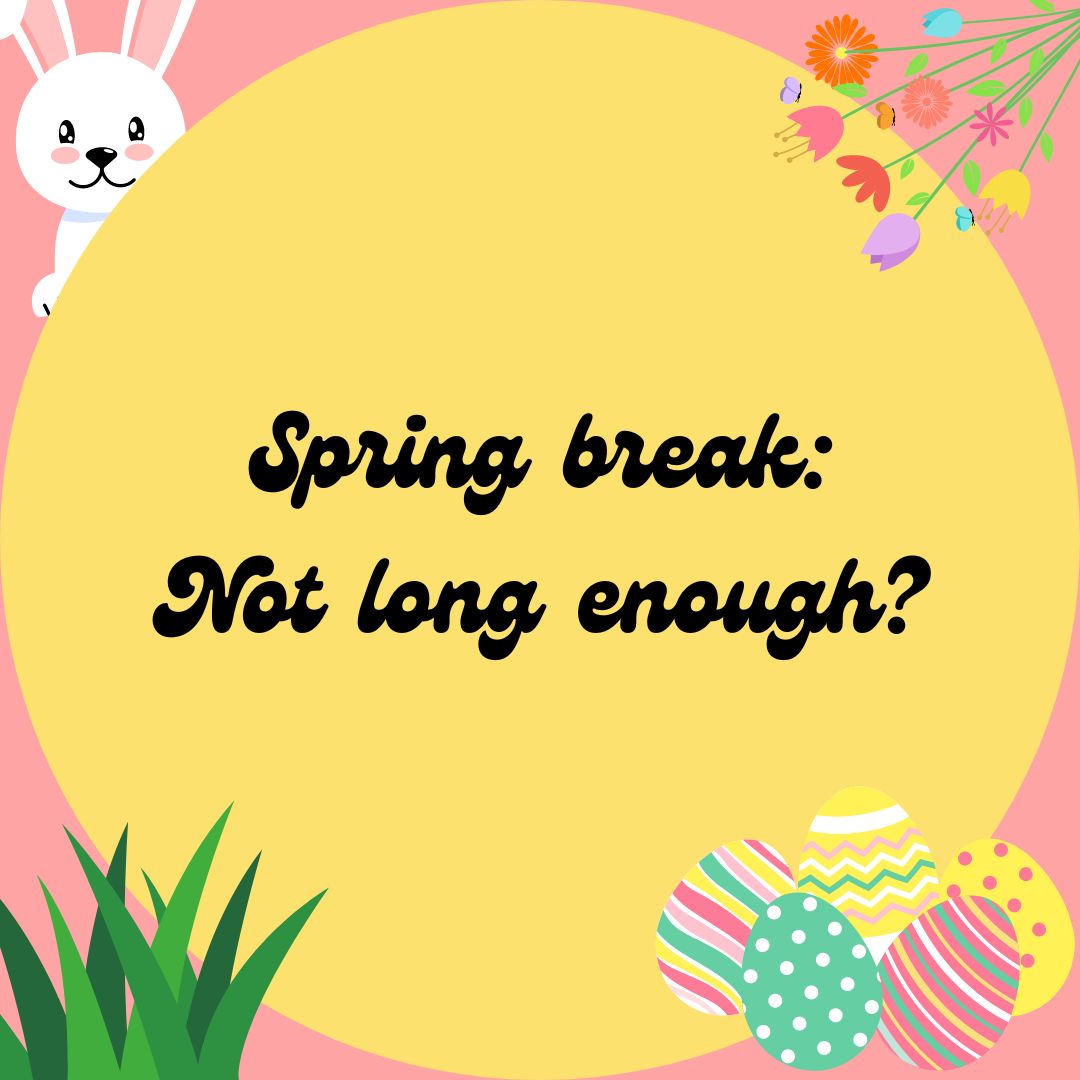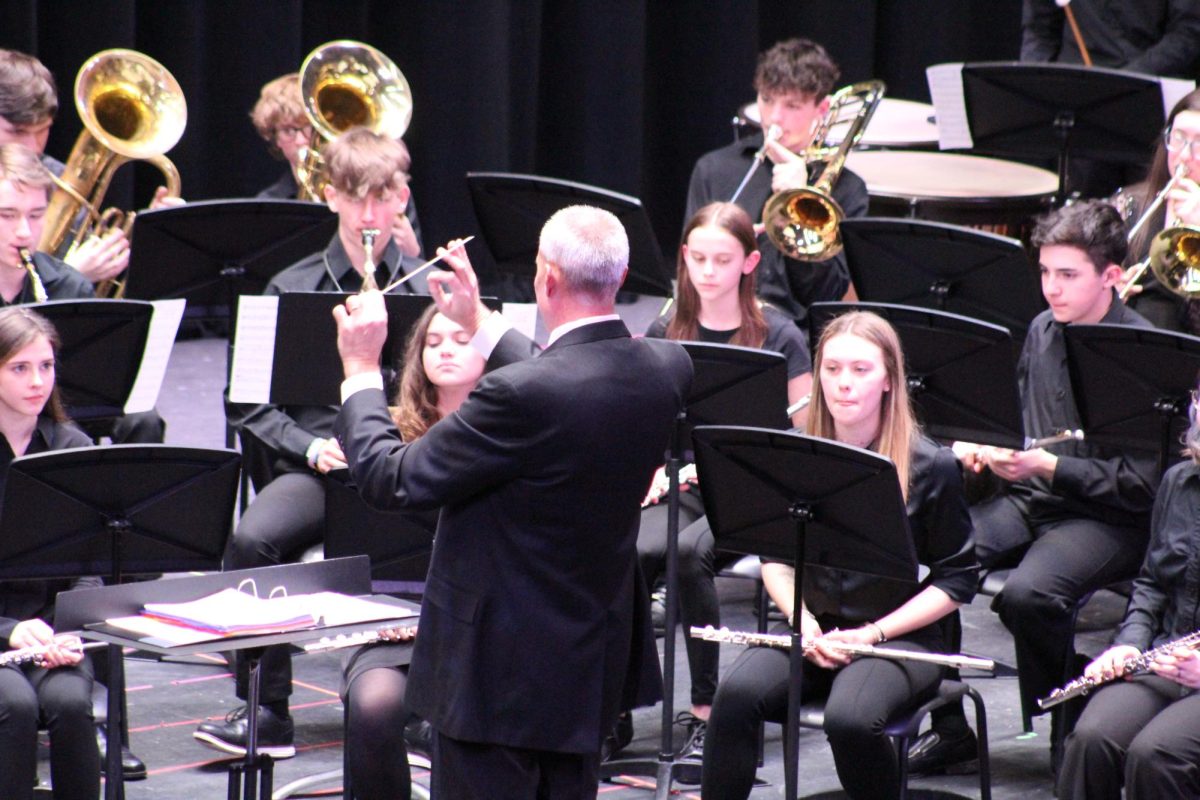During March, high schools and universities across the country will opt to give their student bodies a break for the spring season. In the high school setting, this break typically encompasses Easter weekend and can last anywhere from a few days to multiple weeks. The former; however, is not the ideal model of spring break, and should not be used in schools.
Students are in school for 30 hours a week for the entire year. When it comes time for spring break, it is right after the beginning of a new marking period, and close to the end of the year. With the marking period changing, this can be a busy time for students and teachers alike. The solution the school district provides to this is a meager two extra days off of school.
Two days is not a sufficient break to allow students to unwind and reset before their final nine weeks in school. At least one school week should be allotted in order to allow students to decompress during the spring season.
According to Dr. Messina and Associates, spring break allows for the improvement of both mental and physical health. Allowing for a longer spring break would allow for a greater level of improvement, which would make the return to school easier for both students and teachers.
A longer spring break does come with drawbacks, though. Schools are required by the state of Pennsylvania to have at least 180 days of instruction. In order to take a larger chunk out of the middle of the year, those days would have to be made up elsewhere, either at the beginning or end of the year.
Some students may find this less appealing than a longer spring break, as their summer would be cut short. But, three days is a small price to pay for a release of tension during a high-stress season of the year.
Social interaction is important for student development. During a busy time such as early spring, students might not have as much time to get out and be with friends and family. This holds especially true for students involved in extracurricular activities with rigorous practice schedules which keep them in school for multiple hours after instruction is finished.
With a longer spring break, students will have an opportunity to make up for that time and hang out with their friends or family. Being social can increase one’s lifespan and well-being, and when schools claim to have the best interest of their students at heart, it is a reasonable conclusion that they would want this for them.
A longer spring break would similarly benefit teachers. Teachers are, at the end of the day, human just as the student body is. They have families that they go home to every night as well, and a longer break would give them the opportunity to celebrate springtime with their family. They would also be given a chance to catch up on grading as needed, without having to worry about juggling work done in the classroom and grading outside of it on a given day.
The efficiency of students and teachers will increase alongside an increase in break length. After being given time to “reset,” they will be more productive and rested when they return to school. This will reflect better on the school as well, as students will be getting better grades.
With so little drawback to having a longer break, it calls into question why it hasn’t been put into effect already. The school board should look at the benefits a longer break would have, and move to enact a longer spring break for years to come.









